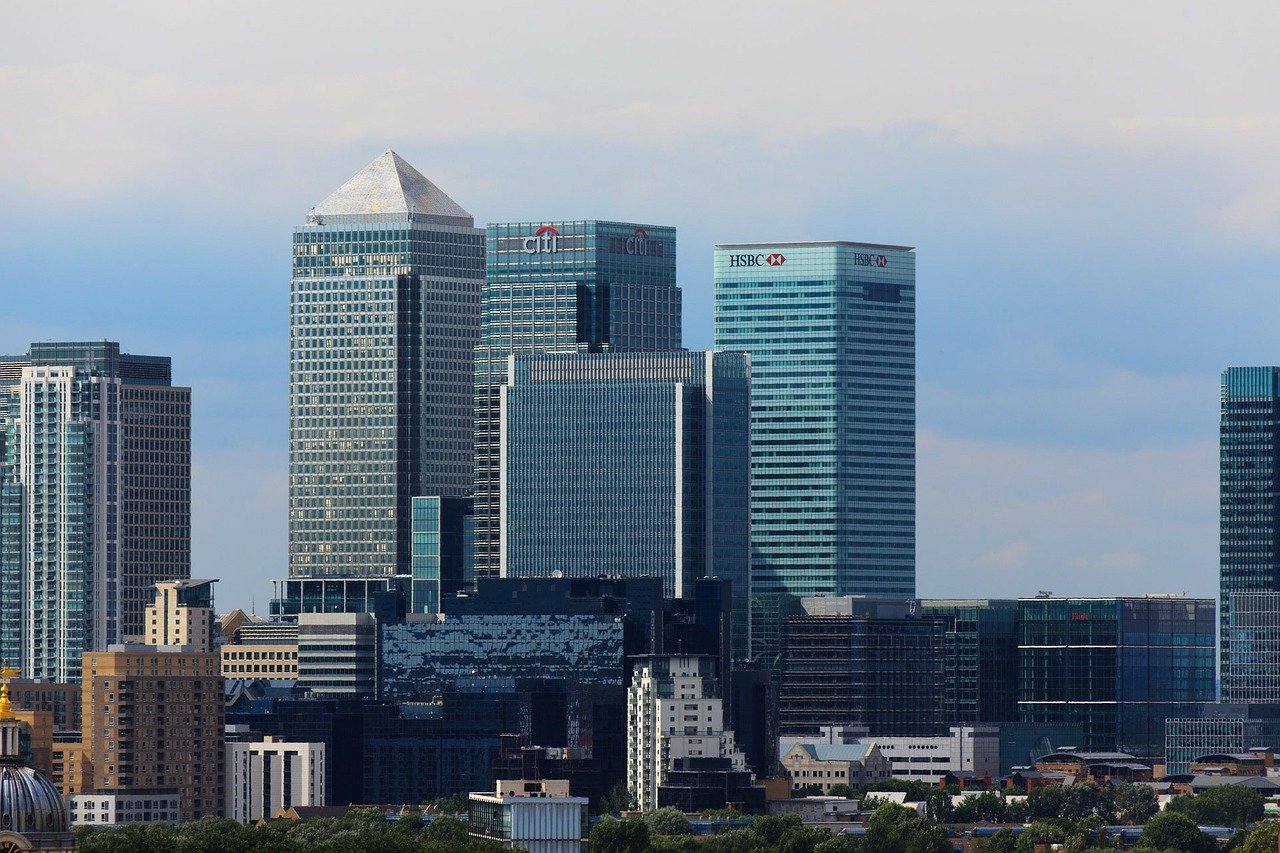
Is it time to look more closely at the Alternative Investment Market?
This article was first published by Nucleus on 9th December 2021 and can be found at the following link https://illuminate.nucleusfinancial.com/blog/it-time-look-more-closely-alternative-investment-market
With the global economy slowly recovering from pandemic lockdowns, Covid-19 continues to have a heavy impact on some regions of the world, keeping the supply chain badly out of kilter.
Good luck getting Vietnamese coffee (they are the world’s largest exporter of Robusta) next year, as it will be a close-run thing for movement restrictions to be lifted before the harvest season has passed.
Financial markets have recovered better than economic activity, with the world’s stock markets (in aggregate) now double the level they were back in March 2020.
But strong demand and supply bottlenecks mean inflation is back on the menu. Some of it may well be temporary, but its rapid rise leaves central banks on the back foot and some monetary tightening is now inevitable.
This has left many investors are questioning where they should be invested and what will economies look like for the rest of the decade? One answer might be to look closer to home and look down the size scale. There are a number of reasons to take a good look at the ‘junior’ market of the London Stock Exchange, the Alternative Investment Market, AIM.
Bubble speculation
Arguably the great liquidity provision from central banks in response to the Global Financial Crisis and Covid pandemic has created far greater inflation in financial assets, than in physical goods and services. Indeed, many are pointing to bubble prices in a range of areas.
House prices have surged to record levels in many parts of the world, both absolute and as multiples of salaries. About a fifth of nearly new used car prices are higher than the brand-new price. Crypto currencies, many with no obvious utility what-so-ever, have exploded in valuation; often with the endorsement of celebrities. Within the US stock market, which has been the strongest major equity market, two thirds of the 3000 largest US companies have been unprofitable over the last year.
UK equities display little by way of bubble speculation and are unloved, so say JP Morgan, who have us on the biggest discount to other developed equity markets in the last 40 years. Some of this is due to the low valuations of miners and oil stocks, but even excluding these sectors, the discount is marked. This has already been recognised internationally, particularly by private equity, with a series of acquisitions over the last year.
So why look at AIM listed companies in particular?
AIM was established in 1995 as the market for small emerging companies seeking capital to fund their development. Since that time more than 4,000 have listed on AIM, with more than £127bn of capital raised to help fund growth and development.
There have been a number of high-profile failures, but the dismissive characterisation of it as a wild west market is unfair. Companies operate under the same accounting rules as full listed companies and number of companies have market valuations in excess of £1bn, with the whole market valued at about £150bn.
Buying shares in AIM listed companies attracts no stamp duty and some of them can qualify for business relief, to reduce potential of inheritance tax on estates. The emerging and developing nature of AIM is, though, the most interesting aspect. This is very much the innovation hub of UK plc and provides a window on tomorrow’s economy.
COP26
The just completed COP26 in Glasgow has made some progress in addressing greenhouse gas emissions, but left many disappointed that the commitments did not go far enough. In order to reach a ‘net-zero’ economy, however, there is still a huge amount of development work to be done, particularly in energy storage and smart grid capability. This is where AIM stands out.
And I‘m not talking about high ESG scoring, although about 50 AIM companies carry the London Stock Exchange ‘Green Economy Mark’, most AIM companies are not covered by screening providers. This is more about their innovative products and services, designed to improve efficiency, sustainability and the environment for everyone; tomorrow and the day after.
There are a range of companies focused on tackling the environmental problems the world faces. There are various battery technology companies, waste-to-energy, renewable fuel and smart-grid enabling companies, as well as a series of companies investing in renewable infrastructure. Some of the largest companies are leaders in green hydrogen production and fuel cell technology.
In other words, a wealth of companies looking to benefit from the opportunities that climate change offers, rather than fight off the risks. It is difficult to say the same for the FTSE100.
Matt Strachan
Chief Investment Officer
Thorntons Investments
9th December 2021
The views expressed are those of Thorntons Investments. The contents of the article are solely for information purposes and are not intended as advice.